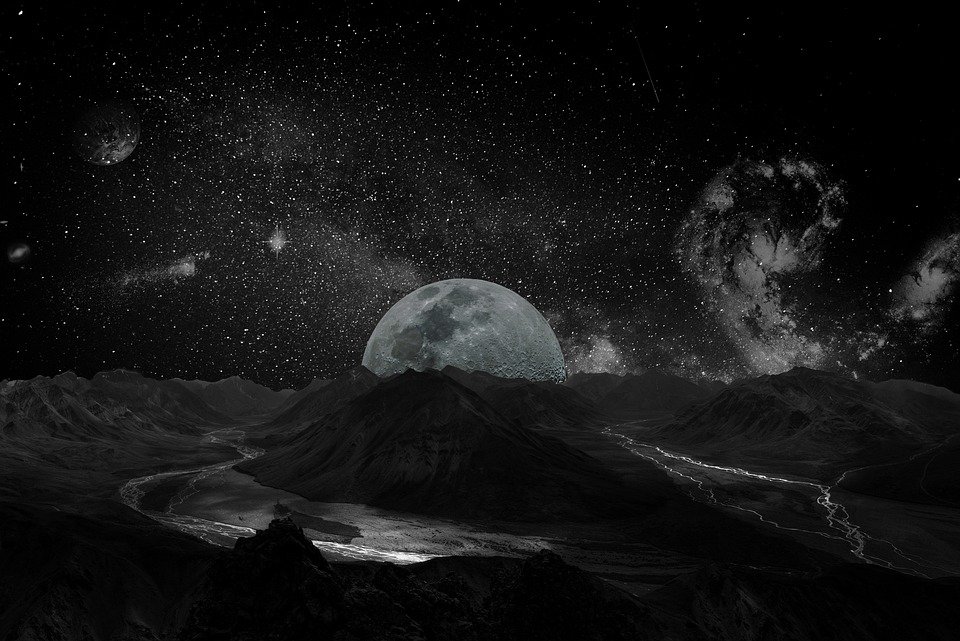Non-fungible tokens (NFTs) have taken the world by storm in recent months, with investors and creators alike jumping on the latest trend in the digital art and collectibles world. The NFT gold rush has seen people selling everything from tweets to digital artwork for millions of dollars, and it shows no signs of slowing down any time soon.
So, what exactly is an NFT? Essentially, it is a unique digital asset that is stored on a blockchain, which is a decentralized, transparent, and secure digital ledger. Unlike cryptocurrencies like Bitcoin, which are fungible and can be exchanged for one another, NFTs are unique and cannot be replicated or exchanged for something else.
One of the main draws of NFTs is their potential to provide a new revenue stream for creators. With digital art, for example, it has traditionally been difficult for artists to monetize their work beyond selling prints or licensing it for use in other projects. NFTs, however, allow artists to sell their digital creations directly to collectors, with the blockchain serving as proof of ownership.
The NFT gold rush has seen some incredible sales in recent months. In March 2021, a digital artwork by the artist Beeple sold for a record-breaking $69 million at a Christie’s auction. Other notable sales include a tweet by Twitter CEO Jack Dorsey, which sold for $2.9 million, and a virtual plot of land in a blockchain-based game that sold for $1.5 million.
Investors have also been jumping on the NFT bandwagon, with many seeing it as a potential new asset class. Some have even compared NFTs to traditional collectibles like fine art or rare stamps, which can hold their value and appreciate over time.
However, there are also concerns about the sustainability of the NFT market. Critics argue that it is a bubble that could burst at any moment, and that many of the high-priced sales are simply a result of hype and speculation. There are also concerns about the environmental impact of NFTs, as the energy required to power the blockchain can be significant.
Despite these concerns, the NFT gold rush shows no signs of slowing down. With more and more creators and investors getting involved, it is likely that we will continue to see record-breaking sales and new applications of NFTs in the months and years to come. Whether it is a passing fad or a new era in digital art and collectibles remains to be seen, but for now, the NFT gold rush is in full swing.

